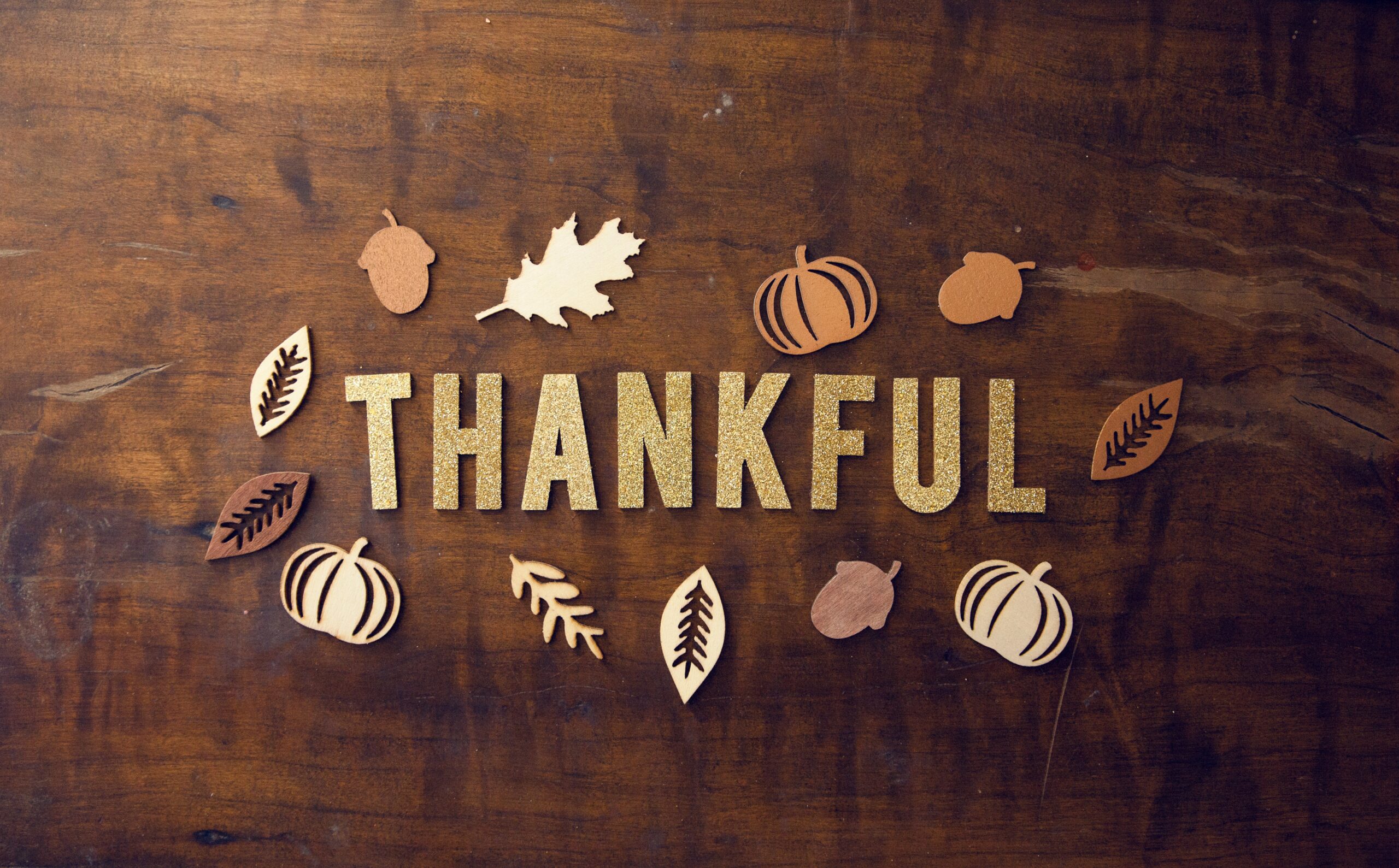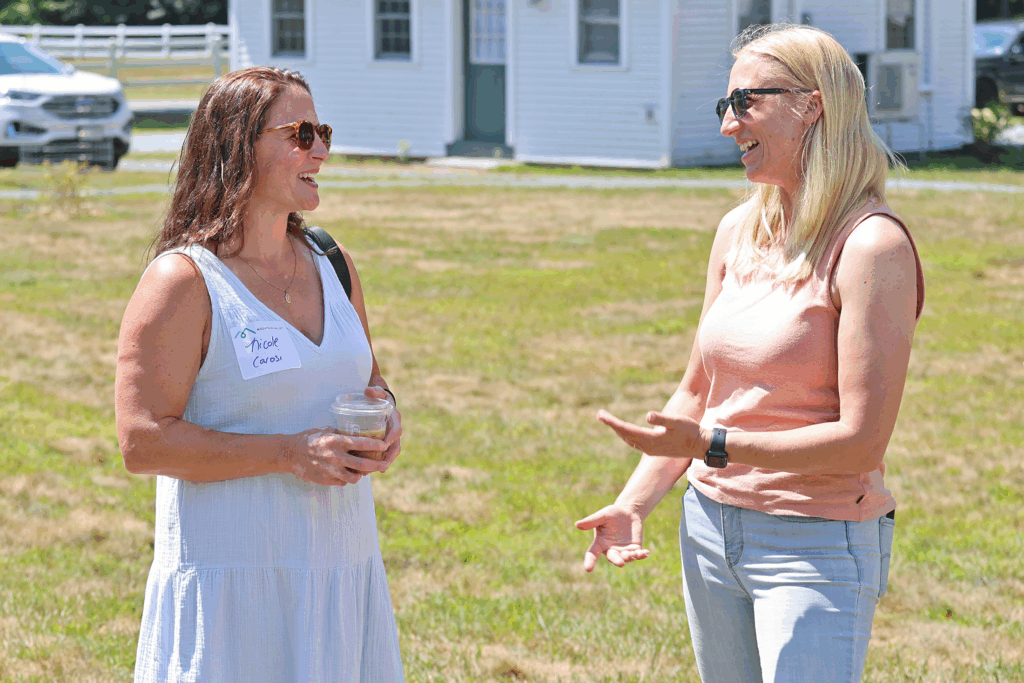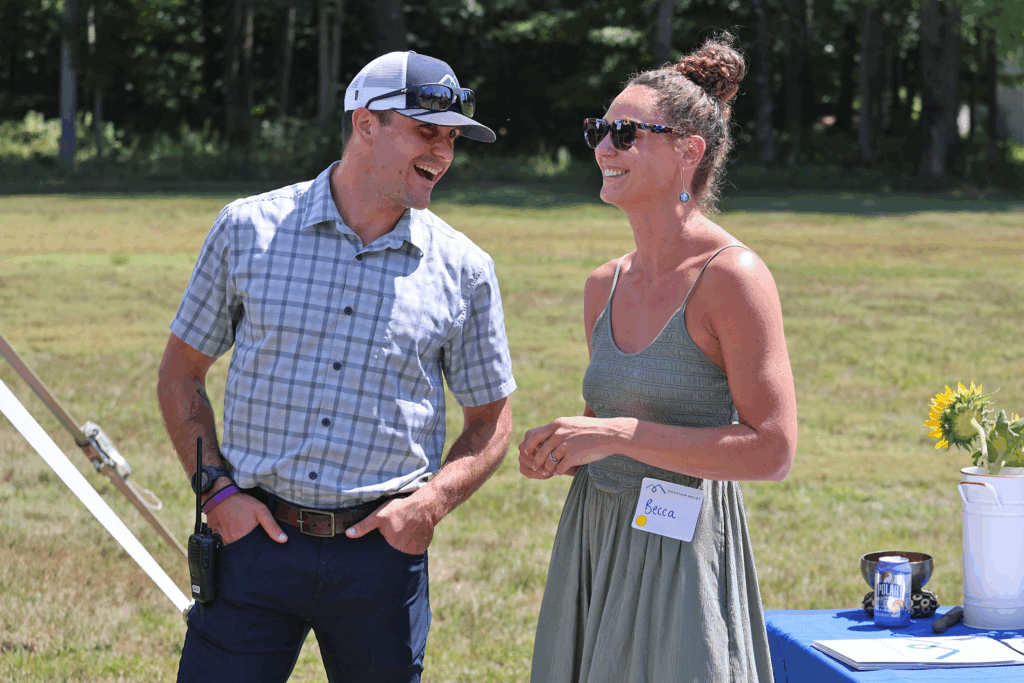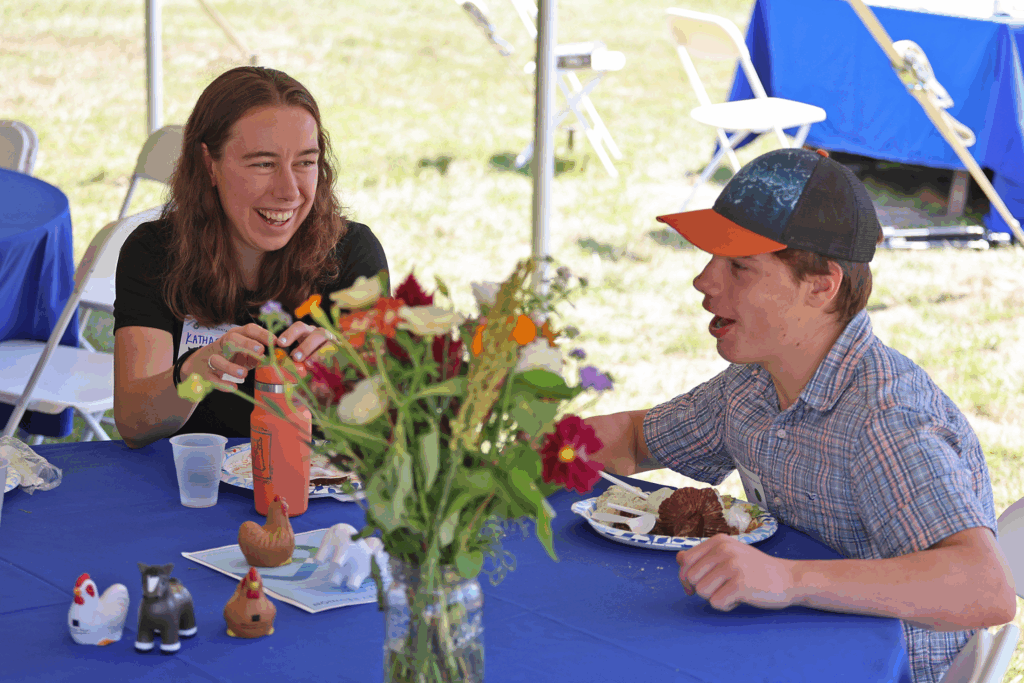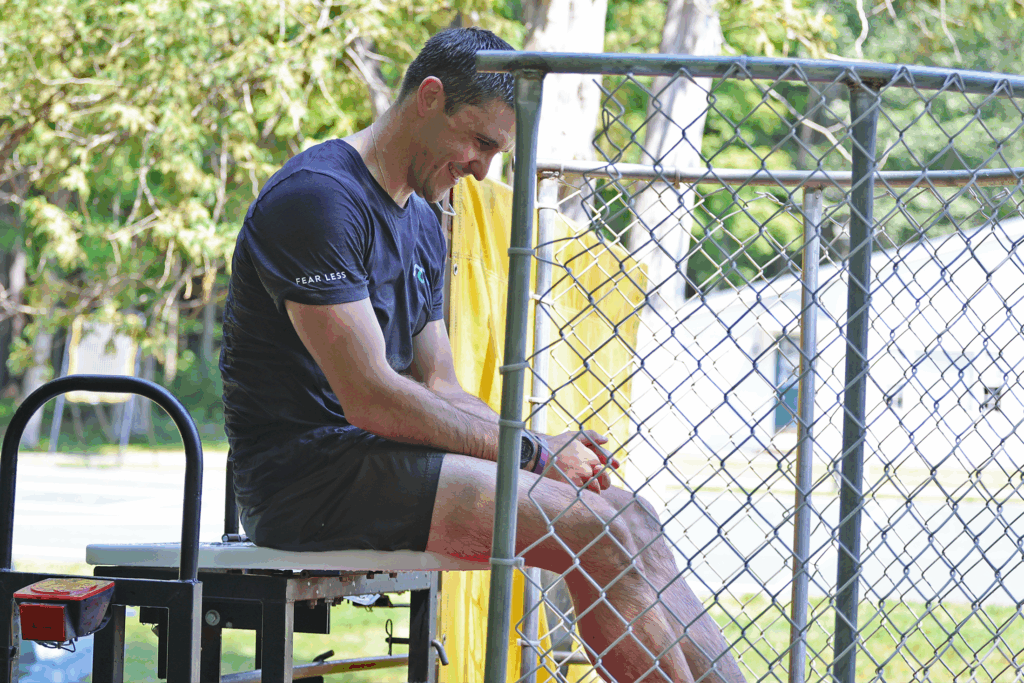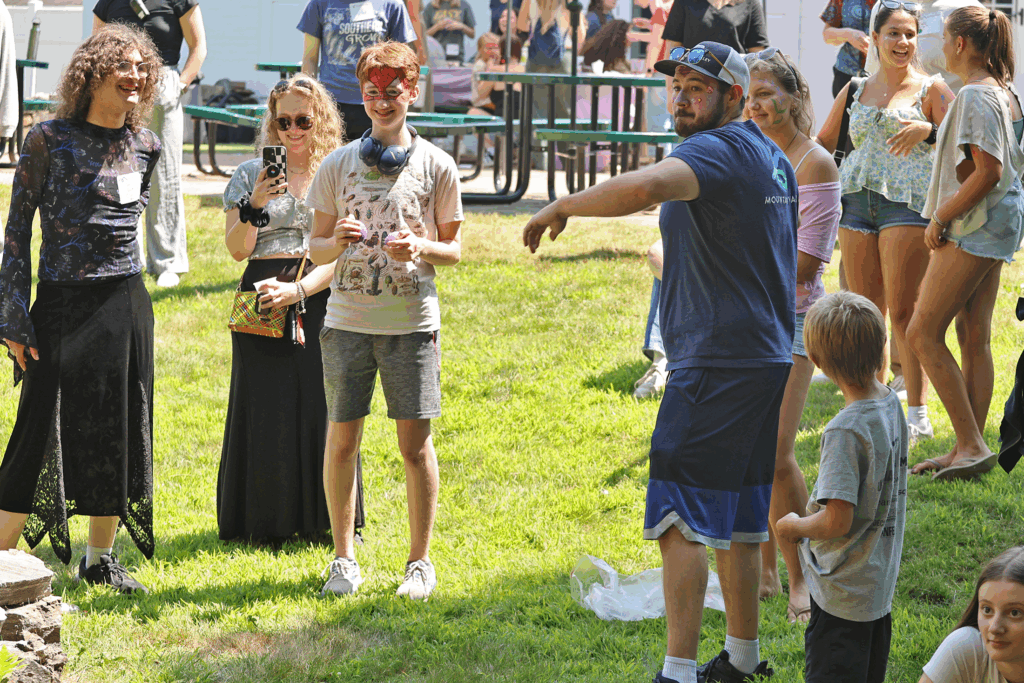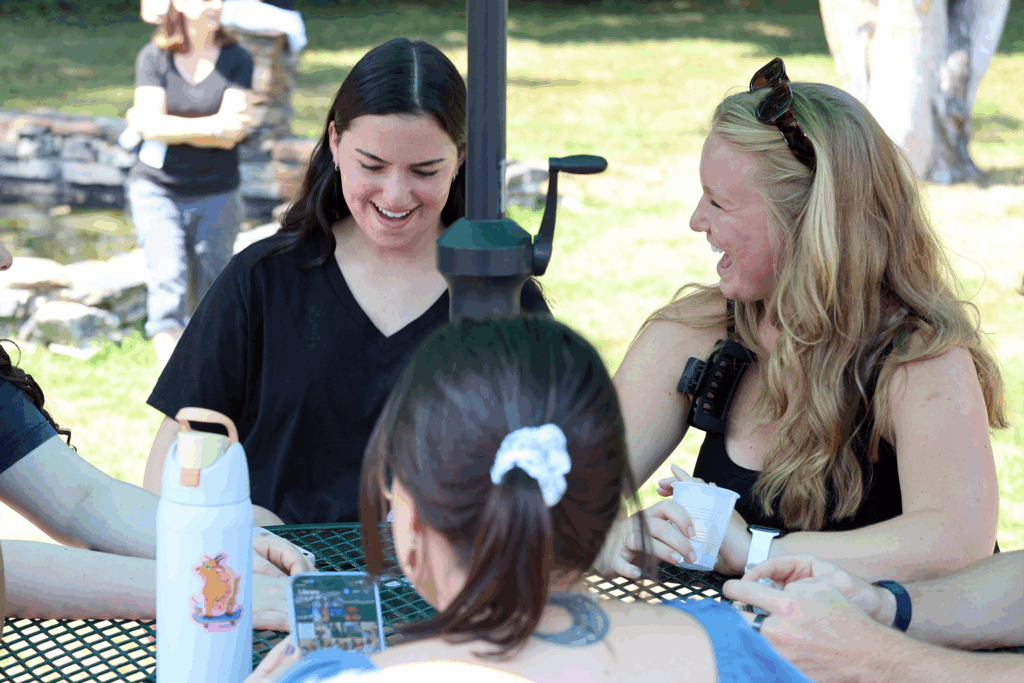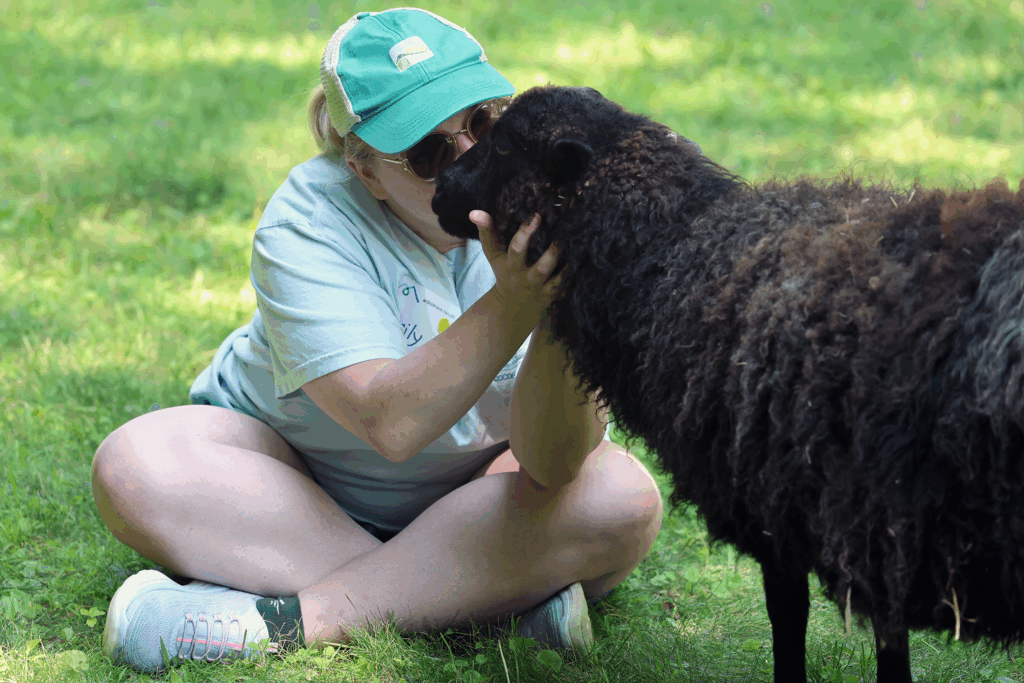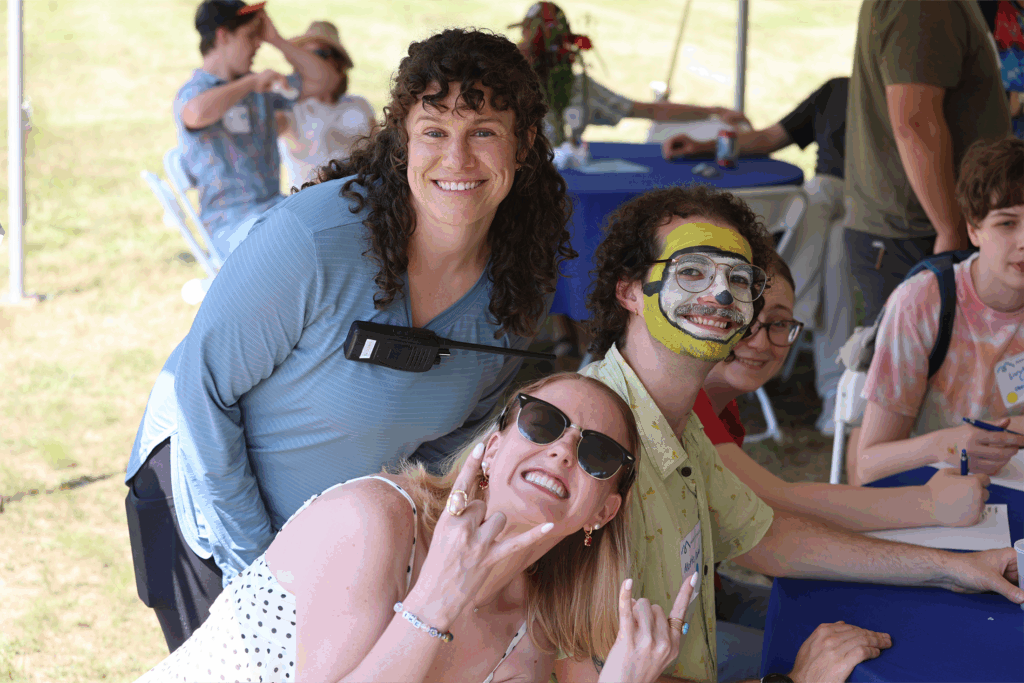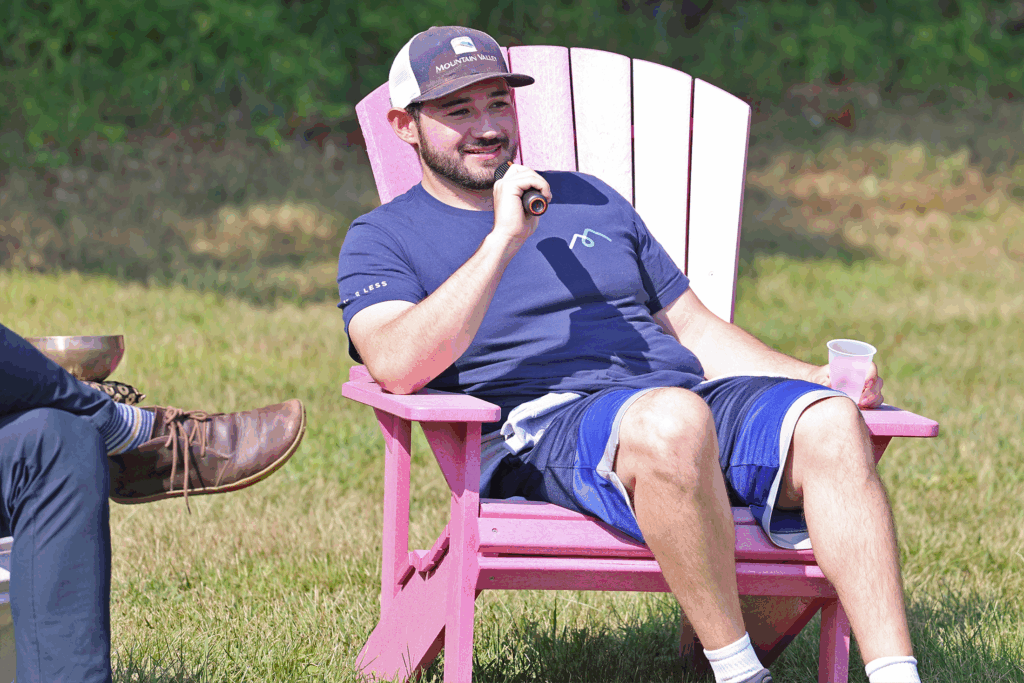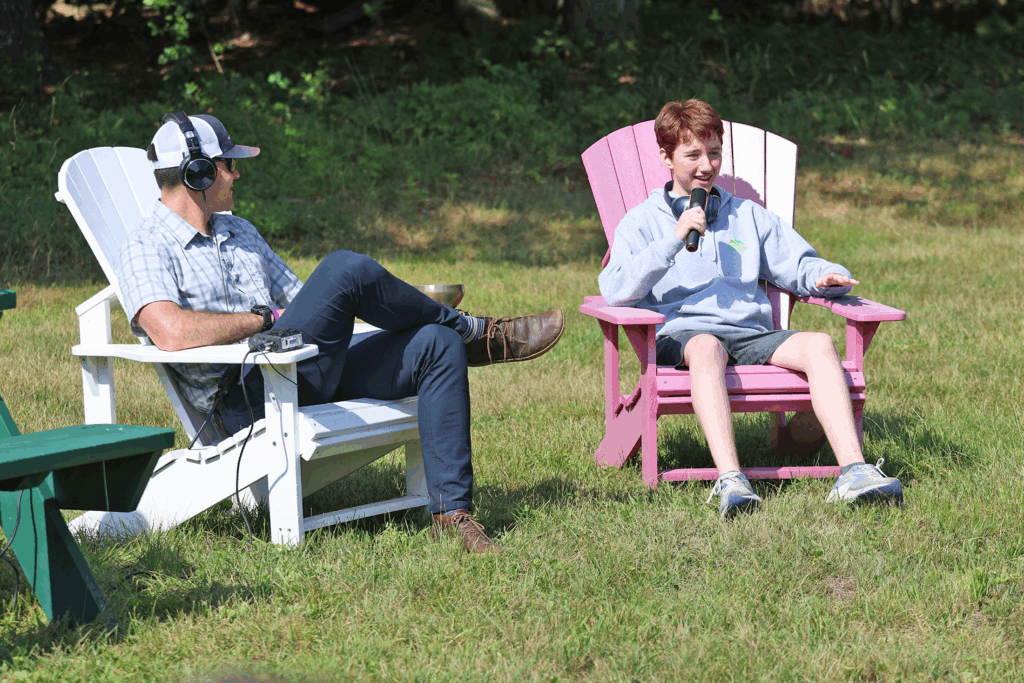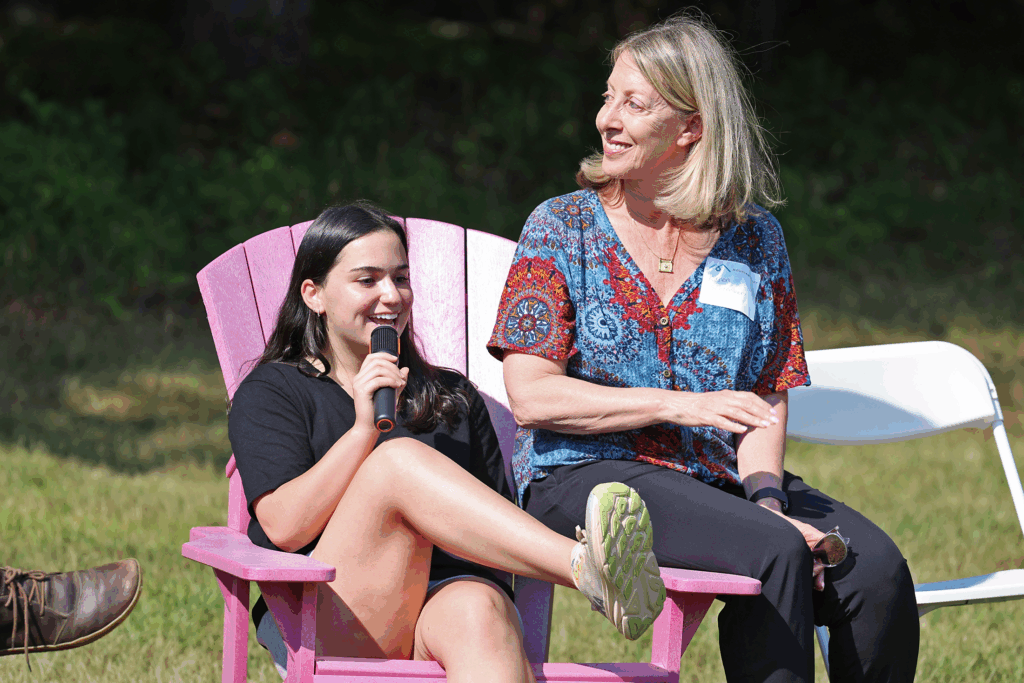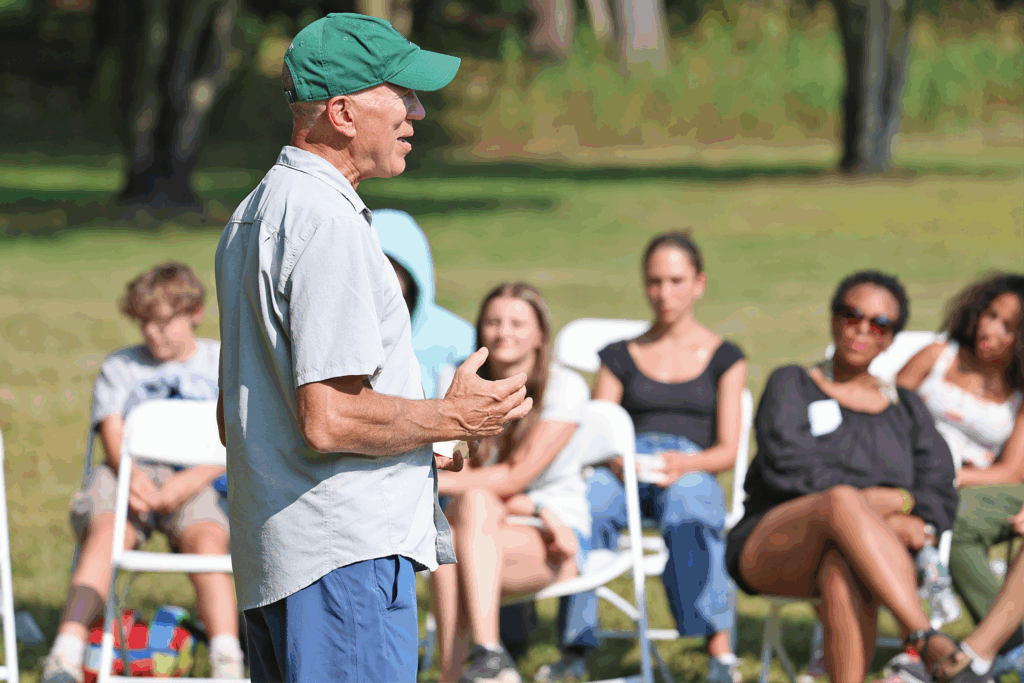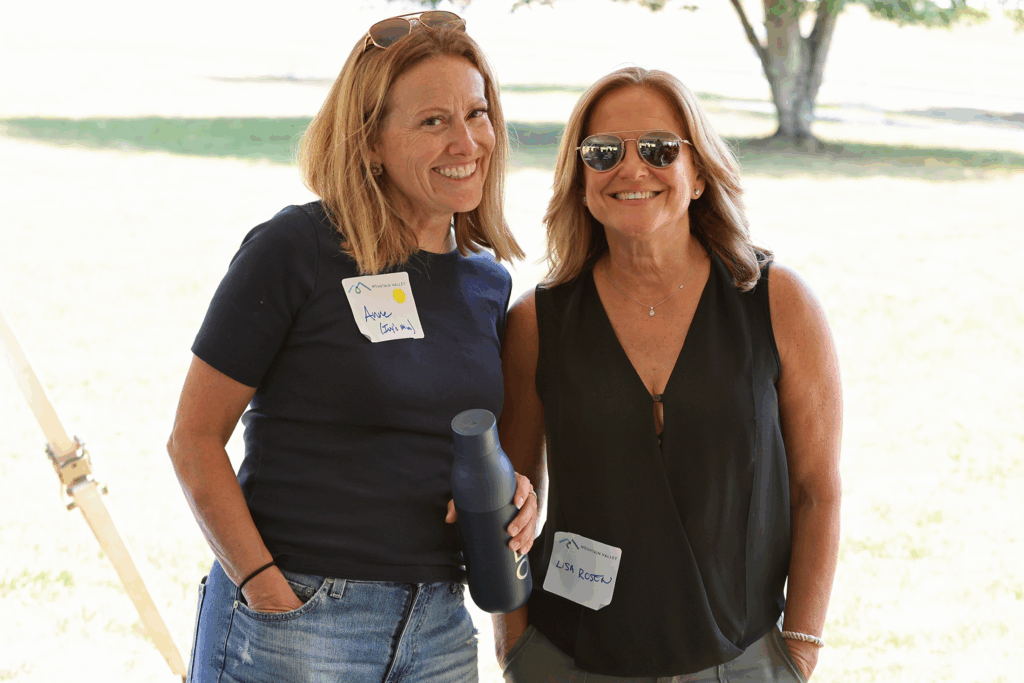The holiday season has a way of turning the volume up on everything—expectations, logistics, emotions, and the quiet pressure to somehow be joyful on command. Even Thanksgiving, a holiday built around gratitude, can feel complicated. For many young people, and many adults too, this stretch of the year stirs up anxiety, comparison, and old patterns that make “feeling grateful” seem like a tall order. And yet, one of the things we talk about every day at Mountain Valley is that small shifts matter. A tiny change in attention—one moment of noticing what’s going right instead of everything that feels heavy—can be the beginning of real movement.
The research is clear: intentionally practicing gratitude is good for both mental and physical health. It lowers the risk of depression. It boosts positive emotions. It helps with sleep, supports heart health, and increases overall life satisfaction. And despite how corny it can sound, especially to a teenager who’s been asked to “journal about gratitude” more times than they can count, the science keeps repeating the same message: it actually works. Not because it erases stress or eliminates anxiety, but because it gives the brain something steady and grounding to hold onto in the middle of it all.
What we see at Mountain Valley mirrors that research. For many residents, anxious thoughts take up so much space that gratitude feels out of reach—especially early in treatment. But with gentle structure, repetition, and a little willingness, gratitude becomes a way to interrupt the vicious circle of avoidance, rumination, and fear. It doesn’t have to be dramatic. It rarely is. It often starts with something as small as a shared laugh at lunch, a moment of courage during ERP, or a staff member meeting a resident exactly where they are. These micro-moments matter. They’re the footholds young people use to climb toward a life that feels more open, flexible, and grounded.
So how do you actually build gratitude—especially when you don’t feel it? Here are three simple, doable practices that work for the adolescents and emerging adults we serve, and for the adults who walk alongside them:
1. Write it down.
You don’t need a fancy journal or a beautifully written paragraph. Start a running list in your Notes app. One thing a day. Something real, not forced: the warmth of your bed, a funny moment from group, your dog, a good cup of tea, the quiet after lights out. On the hard days, return to the list. Let it remind you that your life contains more than whatever anxiety happens to be shouting in your ear.
2. Take a walk.
Movement helps shift anxious energy, and pairing it with intentional noticing makes it even more powerful. Whether it’s five minutes around the block or a long hike through the woods, bring your attention to small things that feel steady or pleasing: the way your feet move, the rhythm of your breath, the way light hits the trees, the music in your earbuds. Gratitude grows in motion.
3. Say thank you.
One of the quickest ways to increase gratitude is simply to express it. Text a friend, thank a staff member, acknowledge your parents, or tell a teacher or coach that something they did mattered. These moments of human connection, however brief, widen the emotional bandwidth that anxiety tries to narrow.
Here at Mountain Valley, volunteering is another gratitude practice we use intentionally. When residents serve the community, they experience both sides of appreciation—offering it and receiving it. It’s a powerful reminder that gratitude isn’t just a feeling; it’s an action that connects us to something bigger than our own worries.
Gratitude won’t fix everything, but it can soften the edges of a season that often feels overwhelming. With a bit of practice, it becomes a tool you can return to again and again—one that helps you notice what’s here, what’s working, and what’s worth holding onto in every season of life.
